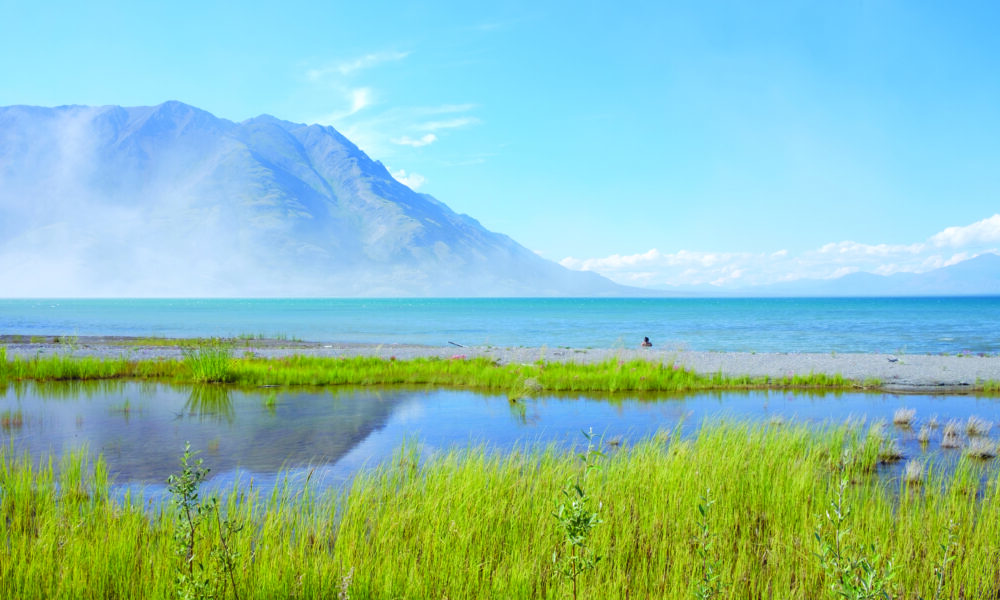What on Earth is going on with environment degrees at McGill? There are numerous programs, spread across different departments and faculties, each with their own take on one of the most critical issues humanity is facing. While students in the Bieler School of Environment share core courses, they specialize in different areas under various faculties—Arts, Science, Agricultural and Environmental Science, or the Interfaculty Programs.
‘Environment’ is a broad term, and educational institutions often divide it simply into environmental science vs. environmental studies—the natural science approach and the social science approach. As many disciplines recognize the increasing relevance of the climate crisis, many science and humanities departments at McGill have broadened their focus to include discussions about the environment. However, environment majors explore these complex issues with much greater depth and employ multidisciplinary approaches.
Kathy Roulet, the Bieler School of Environment’s Program Advisor, helps students navigate the faculty’s seemingly limitless options to find a program that aligns with their individual interests.
“The Bieler School covers environmental science and environmental studies, but we don’t choose to define it that way,” Roulet said in an interview with The Tribune. “We choose to look at environment as comprising both of those different elements.”
Regardless of their faculty, every environment major must take seven core courses that cover topics ranging from evolution and landscape formation to environmental ethics, thought, and research. Faculty members from different disciplines co-teach the core courses.
In an interview with The Tribune, Mia Bhatia, a U2 Environment student in the Faculty of Science, explained the value of diverse perspectives and approaches.
“It gives you a lot of context that a lot of science degrees might not,” Bhatia said. “After graduation, I want to work in biotechnology or something along those lines. I realized that a lot of people who are coming out of their undergrad [and] want to work in those fields don’t have the breadth of knowledge to see how environmental issues impact each other, and how easily the science side of things can impact the social side of thing—environment is a really cool way to explore that.”
That being said, the experiences of environment students are not the same. For starters, environment students can be on two different campuses. Those in the Faculty of Science or the Faculty of Arts—the majority of environment students—typically stay in the heart of Montreal on the downtown campus. However, a 35-minute shuttle away, students in the Faculty of Agricultural and Environmental Science enjoy the calmer scene of the Macdonald Campus, located on the West Island.
Environment majors in these three faculties choose from 13 thematic areas that form the bulk of their program.
“These thematic areas we call concentrations,” Roulet said. “Those concentrations, say for example, food production, will be based on courses that are coming from faculties across the University.”
While the Arts concentrations are distinct, most Faculty of Science concentrations are also offered in the Faculty of Agricultural and Environmental Science. Roulet explained that students deciding between these faculties should compare course descriptions and consider the lifestyle associated with each campus given their size and location.
One exception to this are the Interfaculty Arts and Science Programs, which include two degree options: Environment and Sustainability, Science, and Society (SSS). While key differences remain, students in both interfaculty programs do not choose concentrations.
“The difference between the [interfaculty programs] largely comes down to the SSS program being focused strictly and solely on sustainability,” said Roulet. “Whereas the Environment Art-Sci program can be focused on whatever program goals a student is trying to achieve.”
With so much flexibility, Roulet brought attention to the “trickiness” that some students may anticipate when developing a schedule, but ensured that she can work with students to put a plan together that not only fulfills the program’s requirements but also satisfies their unique interests and goals.








